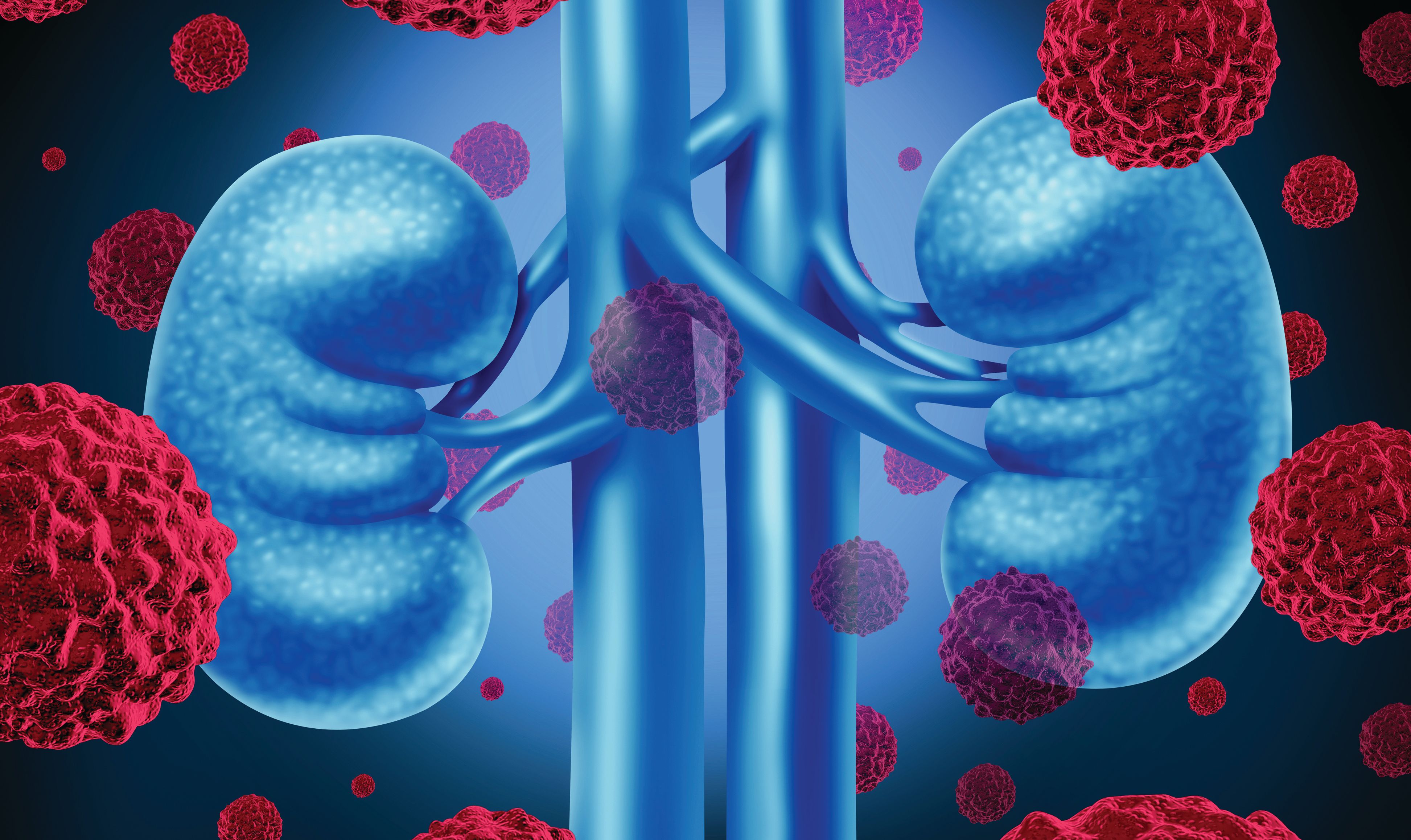News
Article
Renal Failure Risk Group Classification Predicts Kidney Dysfunction in IgAN
Author(s):
Renal failure risk group classification based on pathological findings from patients’ kidney biopsy, eGFR, and proteinuria was significantly associated with a composite 50% increase in serum creatinine.
Credit: Fotolia

Findings from a recent study are shining light on the potential clinical utility of a renal failure risk group classification system for stratifying the risk of kidney outcomes in patients with immunoglobulin A nephropathy (IgAN).
Results showed patients’ renal failure risk group, a combination of clinical and histological grading systems for end-stage kidney disease (ESKD), was significantly associated with a composite 50% increase in serum creatinine from baseline or dialysis induction, while further analysis revealed similar associations between disease severity with proteinuria remission and haematuria remission.1
“Prognostication incorporates clinical and pathological information to predict kidney outcomes; however, only a few clinicopathological prediction tools are available for IgAN,” wrote Kentaro Koike, professor in the department of internal medicine at Jikei University School of Medicine in Japan, and colleagues.1
IgA buildup in the small blood vessels of the kidneys causes inflammation that can interfere with the kidneys’ ability to filter waste from the blood. Its pathogenesis and clinical manifestations are not well understood, and a current lack of clinicopathological tools for predicting kidney outcomes limits clinicians’ ability to effectively manage the disease.1,2
To assess the predictive capability of renal failure risk group classification for kidney outcomes in patients with IgAN, investigators collected data from patients enrolled in the Japan IgAN Prospective Cohort Study (J-IGACS) exploring the associations between clinical and pathological findings at kidney biopsy and long-term kidney outcomes. For inclusion, patients were required to have biopsy-proven primary IgAN and kidney biopsy specimens containing ≥10 glomeruli.1
Investigators collected patient data for those registered in J-IGACS between April 1, 2005, and August 31, 2015, initially planning to follow each patient for >10 years after enrollment with follow-up ending in August of 2025 but eventually revising the study protocol to shorten the follow-up period and change the primary outcome from a 100% increase in serum creatinine to a 50% increase.1
Secondary outcomes included proteinuria remission and haematuria remission, defined as proteinuria of <0.3 g/day or 0.3 g/g Cr and red blood cells within the urinary sediment of <5/high power field for 2 consecutive measurements over ≥ 6 months before primary outcome occurrence.1
Based on the inclusion criteria, investigators collected data for 1130 patients with IgAN, 991 of whom were included in the primary outcome analysis. Among the cohort, the mean age was 37.1 (Interquartile range [IQR], 26.8–50.4) years and 50.7% of participants were female.1
Participants were classified into 4 renal failure risk groups as a combination of clinical grade I–III, based on the urinary protein excretion rate and estimated glomerular filtration rate (eGFR), and histological grade I–IV, based on the proportion of total glomeruli exhibiting cellular, fibrocellular, or fibrous crescents and segmental or global sclerosis. Investigators pointed out as the renal failure risk group severity level increased, age, mean arterial pressure, and urinary protein excretion rate increased while eGFR decreased. A similar trend was observed for clinical grade and histological grade.1
Participants were followed for a median of 5.5 years (IQR, 2.5–7.5), during which 87 composite events (8.8%) occurred, including 6 (1.7%) in risk group I, 20 (5.3%) in risk group II, 22 (13.3%) in risk group III, and 39 (42.9%) in risk group IV. Investigators noted renal failure risk group was significantly associated with the primary outcome (hazard ratio [HR] II, 2.78; 95% confidence interval [CI], 1.12–6.93; HR III, 7.15; 95% CI, 2.90–17.6; HR IV, 33.4; 95% CI, 14.1–79.0; P <.001).1
Investigators observed good discrimination performance for the renal failure risk group model, evidenced by a Harrell's C-statistic value of 0.81 (95% CI, 0.76–0.86) and time-dependent C-statistics exceeding 0.8 over 10 years.1
Among the 764 patients with proteinuria and 879 patients with haematuria at baseline, 515 and 645 patients showed proteinuria remission and haematuria remission, respectively. Of note, proteinuria remission was significantly less frequent in patients with advanced disease [subdistribution HR II, 0.79; 95% CI, 0.67–0.94; subdistribution HR III, 0.53; 95% CI, 0.41–0.66; subdistribution HR IV, 0.15; 95% CI, 0.09–0.23; P <.001]. A significant association was also observed between between haematuria remission and renal failure risk group.1
As with the renal failure risk group classification, clinical grade and histological grade were significantly associated with the primary outcome. Further analysis of the association between proteinuria remission and clinical grade or histological grade revealed proteinuria remission was significantly less frequent for patients classified into higher clinical grade or histological grade levels. Additionally, haematuria remission was significantly less frequent in higher histological grade levels.1
“This study demonstrated that the RF-RG has a good and stable prediction ability for kidney survival as presented by the time-dependent AUC, independent of baseline characteristics,” investigators concluded.1
References:
- Koike K, Kawamura T, Hirano K, et al. Clinicopathological prognostic stratification for proteinuria and kidney survival in IgA nephropathy: a Japanese prospective cohort study, Clinical Kidney Journal. https://doi.org/10.1093/ckj/sfad294
- Mayo Clinic. IgA nephropathy (Berger disease). Diseases & Conditions. June 9, 2023. Accessed January 17, 2024. https://www.mayoclinic.org/diseases-conditions/iga-nephropathy/diagnosis-treatment/drc-20352274





